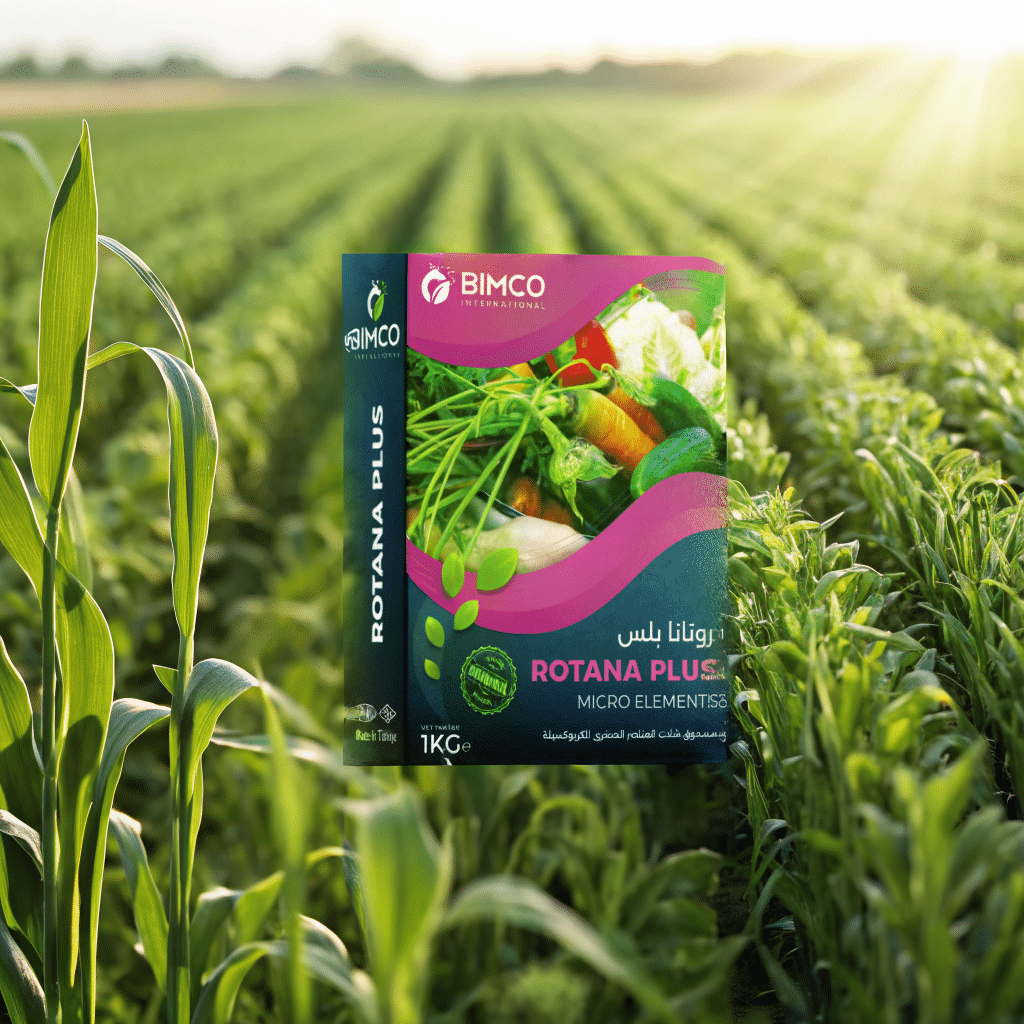Micronutrients for plant disease resistance play a critical role in modern agriculture. Though required in small amounts, these elements significantly impact plant immunity, helping crops defend against infections and environmental stress. A proper supply of micronutrients is essential for keeping plants healthy, strong, and resilient in the face of disease threats.
Why Micronutrients Matter for Plant Immunity
Micronutrients play vital biochemical and physiological roles in plant development. Deficiencies weaken plant defense systems, making crops vulnerable to pests and diseases. Let’s explore the key micronutrients that support pest resistance:
Zinc (Zn)
Zinc is crucial for enzyme activity and protein synthesis. Zinc deficiency can stunt growth and weaken the plant’s ability to resist infections, particularly fungal diseases.
Iron (Fe)
Iron supports chlorophyll production and energy transfer in plant cells. A sufficient iron supply enhances photosynthesis and boosts immunity against pathogens like rust and blight.
Manganese (Mn)
Manganese is essential for nitrogen metabolism and chloroplast integrity. Its presence helps activate disease-fighting enzymes and reduce susceptibility to leaf spots and root infections.
Boron (B)
Boron strengthens cell walls and is vital for reproductive tissue health. Deficiency leads to weakened structures, increasing the plant’s vulnerability to bacterial and fungal intrusions.
Copper is involved in lignin synthesis, which reinforces cell walls. It also has natural antifungal properties, helping plants fight off various diseases.
Benefits of Balanced Micronutrient Application
Research shows that maintaining optimal levels of these nutrients reduces the severity and frequency of infections. For example:
-
Manganese: Helps prevent root and foliar diseases.
-
Boron: Reduces internal browning in radishes and cracking in cauliflower.
-
Copper: Shields against bacterial blight and fungal infestations.
By correcting micronutrient deficiencies, farmers can reduce their dependence on chemical pesticides and enhance crop resilience naturally.
Rotana: A Complete Micronutrient Fertilizer
To ensure proper micronutrient levels, choosing the right fertilizer is key. Rotana is a high-concentration carboxylate powder fertilizer enriched with a full spectrum of essential micronutrients.
Key Benefits
-
Boosts plant immunity and vigor
-
Increases crop yield and quality
-
Treats and prevents nutrient deficiency-related diseases
-
Suitable for both open-field and greenhouse cultivation

Crops thriving after treatment with Rotana micronutrient fertilizer
Composition
-
Iron (Fe-EDTA): 6%
-
Zinc (Zn-EDTA): 4%
-
Manganese (Mn-EDTA): 4%
-
Copper (Cu-EDTA): 1.5%
-
Boron (B2O3): 4.5%
-
Magnesium (Carboxyl-MgO): 9%
-
Molybdenum (Mo): 0.01%
-
Carboxylic Acid: 10%
Application Guidelines
Rotana can be applied via foliar spraying or irrigation. It is compatible with most non-alkaline fertilizers and pesticides. Application rates vary by crop—refer to the product guide for specific recommendations.
Visual Representation
Image Prompt: A high-resolution field of vibrant green, pest-free crops, with visible strength in stems and leaves. Emphasize the lush health effects of balanced micronutrient nutrition.
Alt Text: Healthy, pest-resistant crops thriving with micronutrient fertilizer
Caption: Crops thriving after treatment with Rotana micronutrient fertilizer





